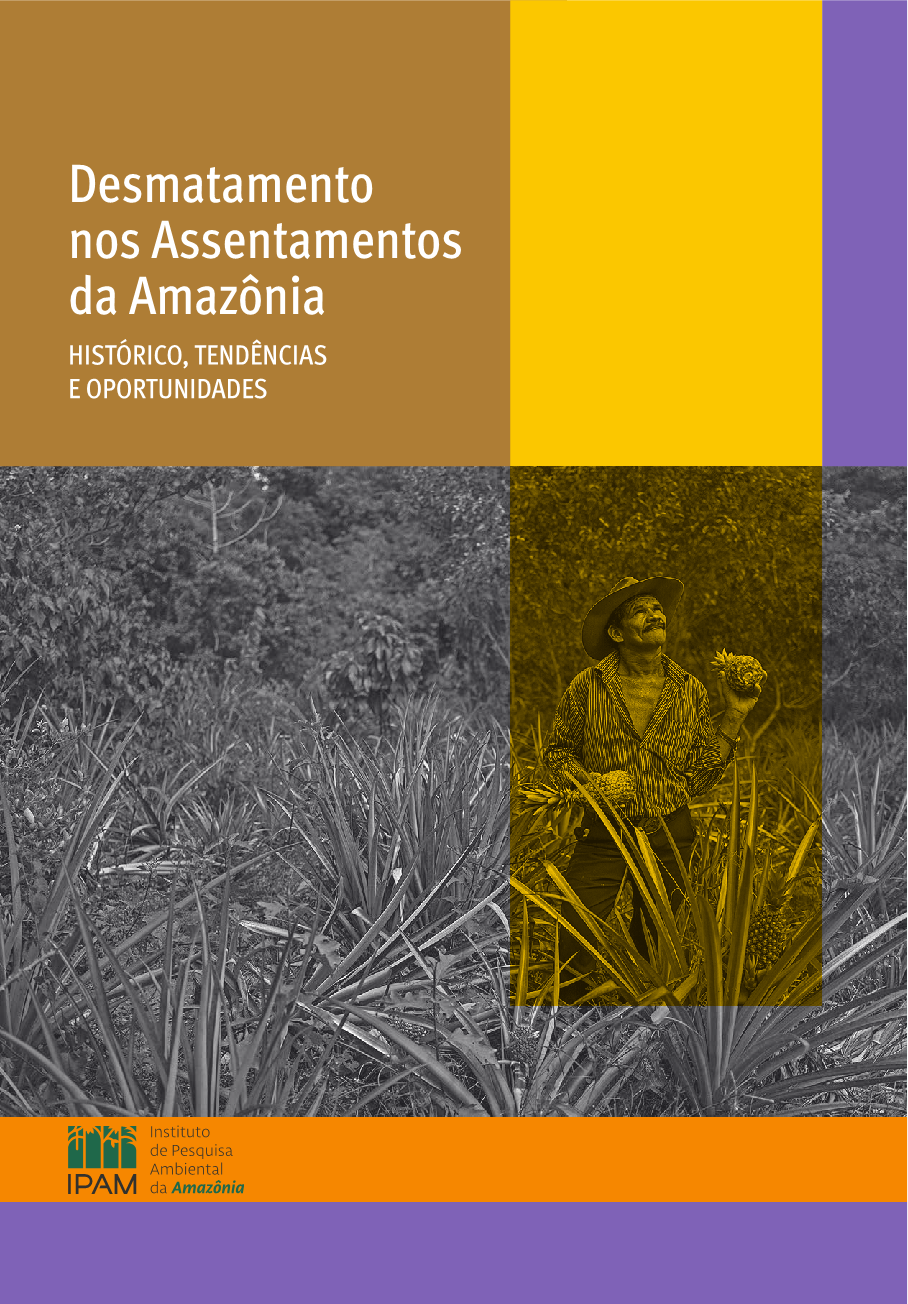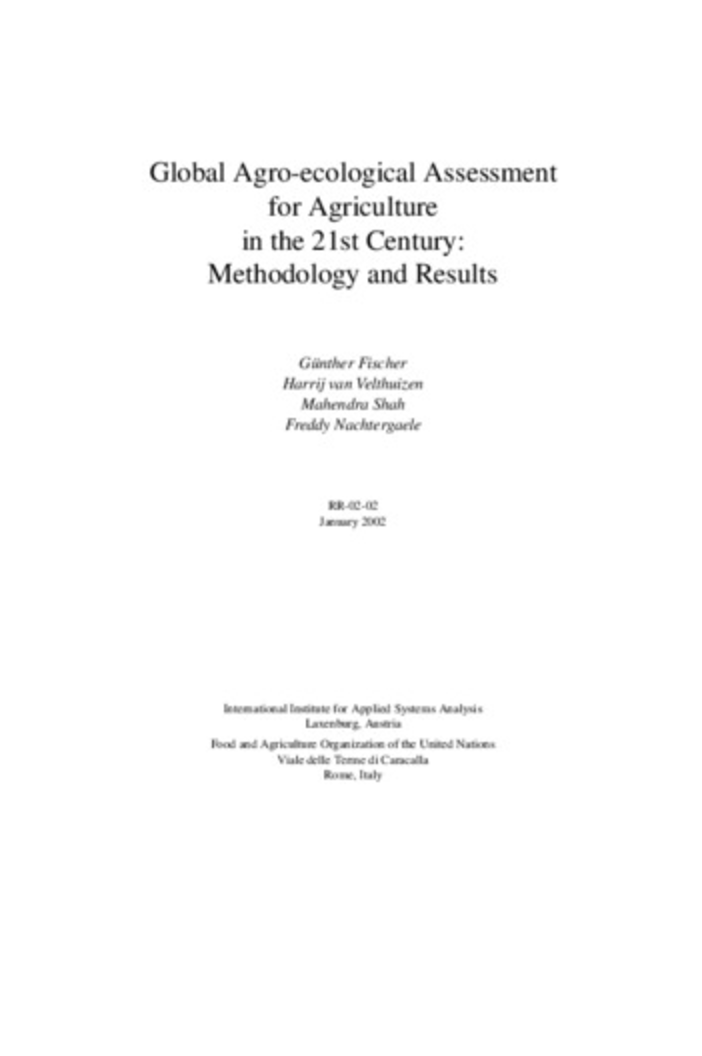The Nile Story
The Nile Story is one of immense
challenges and remarkable achievements for the economic
development of the region. It begins in 1999, when the
ministers in charge of water affairs in the Nile countries
agreed to form the Nile Basin Initiative (NBI). Between 2003
and 2015, the Nile Basin Trust Fund (NBTF) supported and
coordinated cooperative work in the region, which has been
delivered mainly through the NBI. This book, commissioned by




